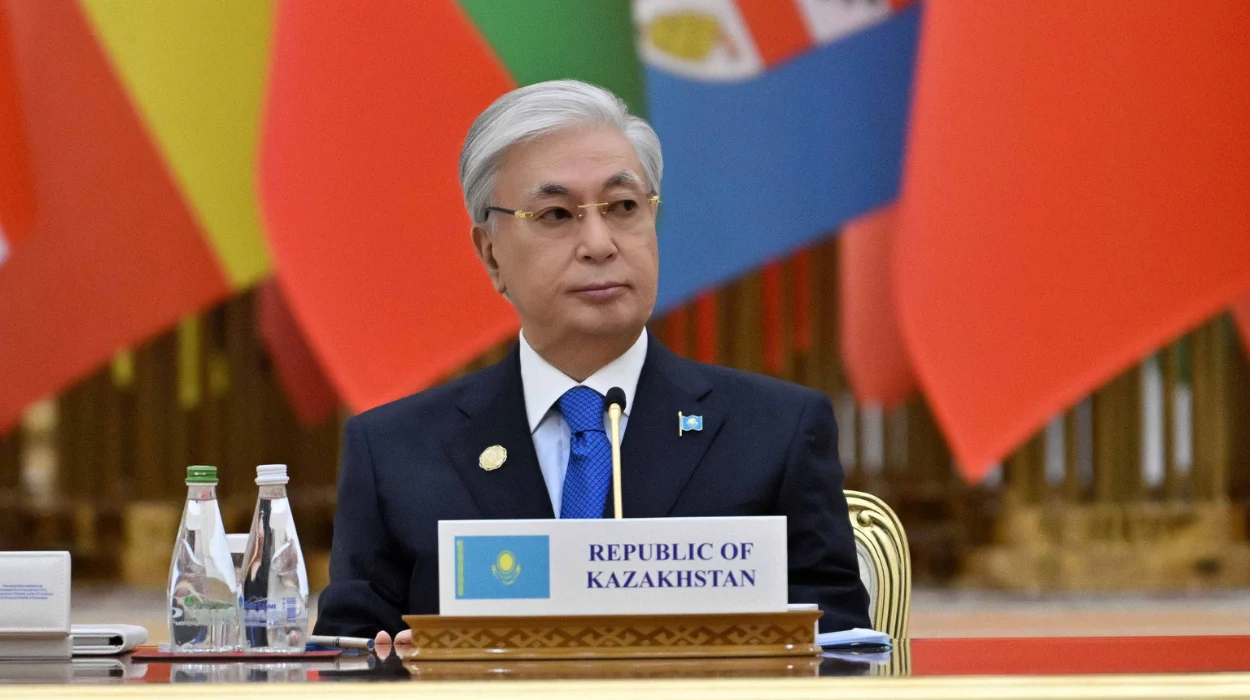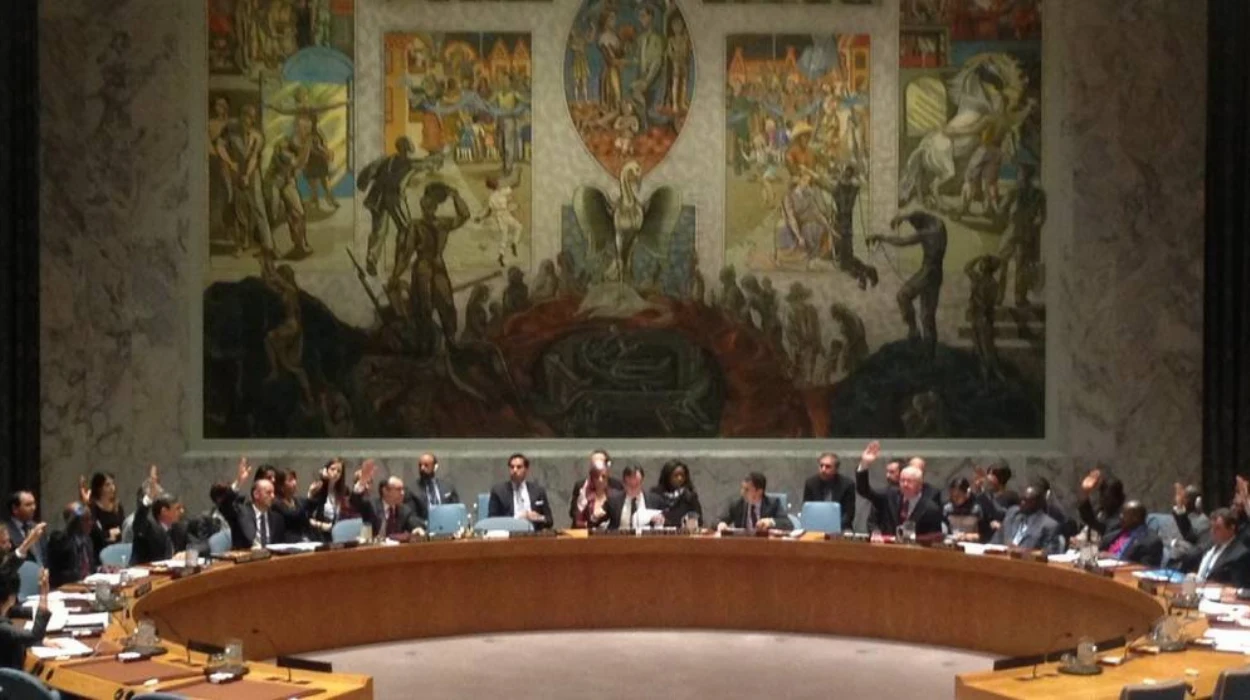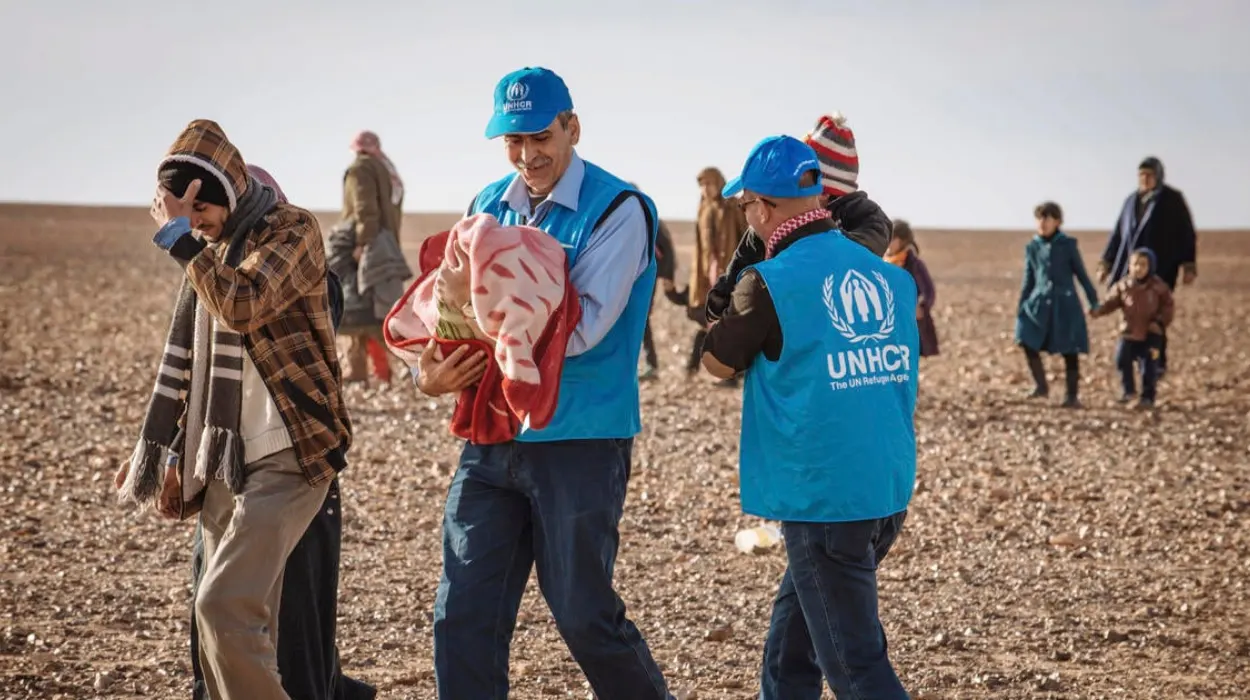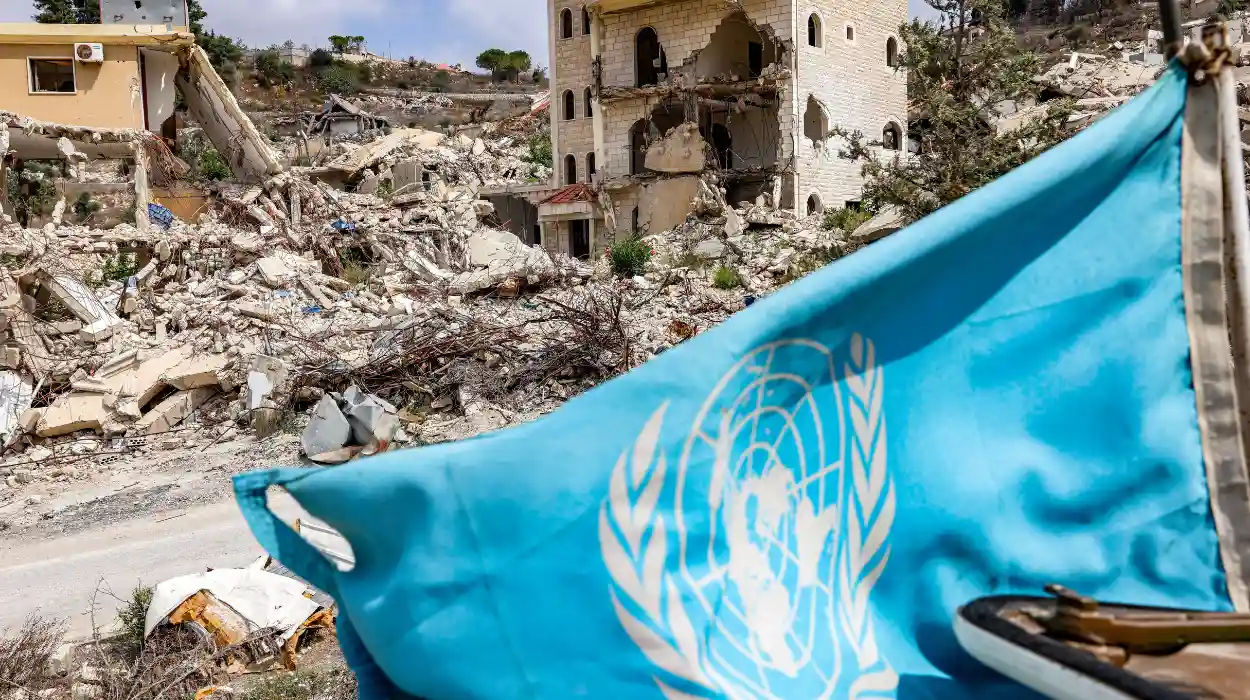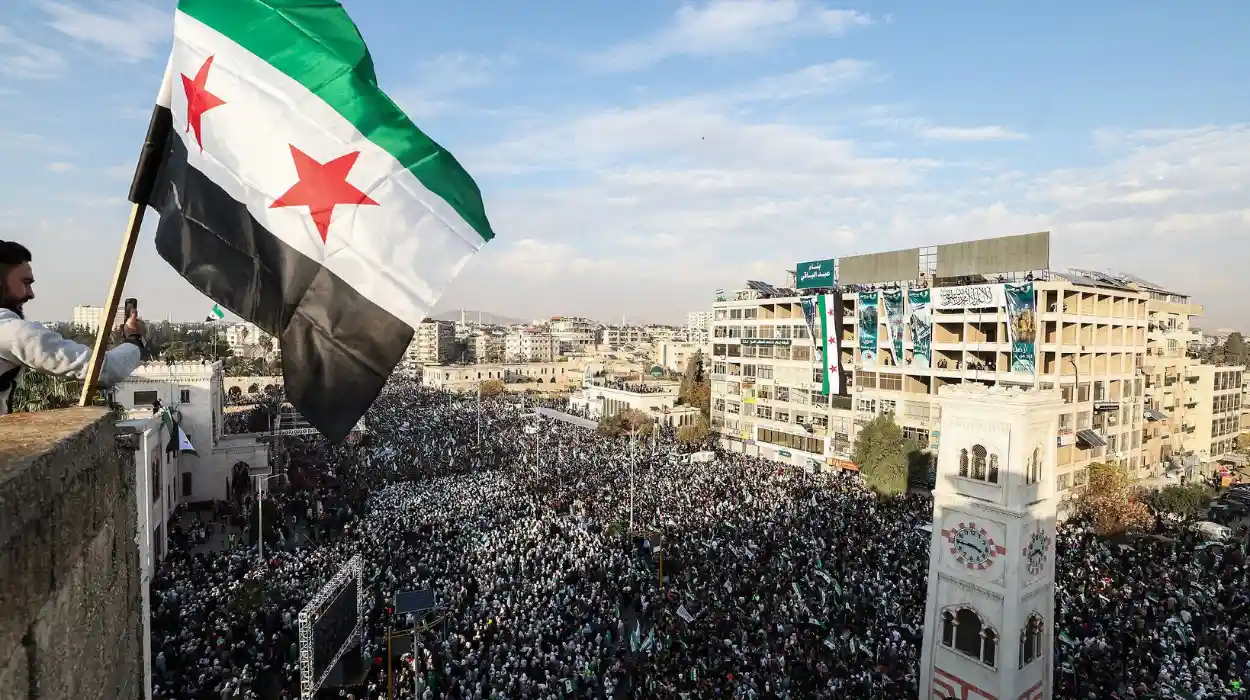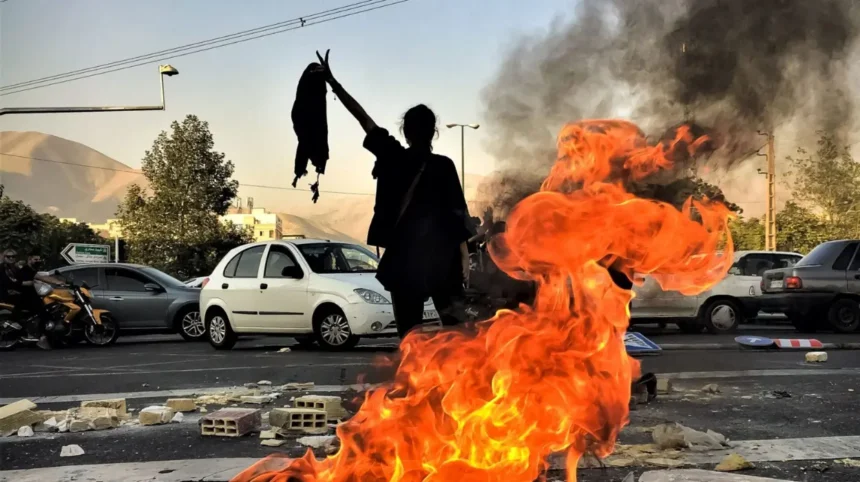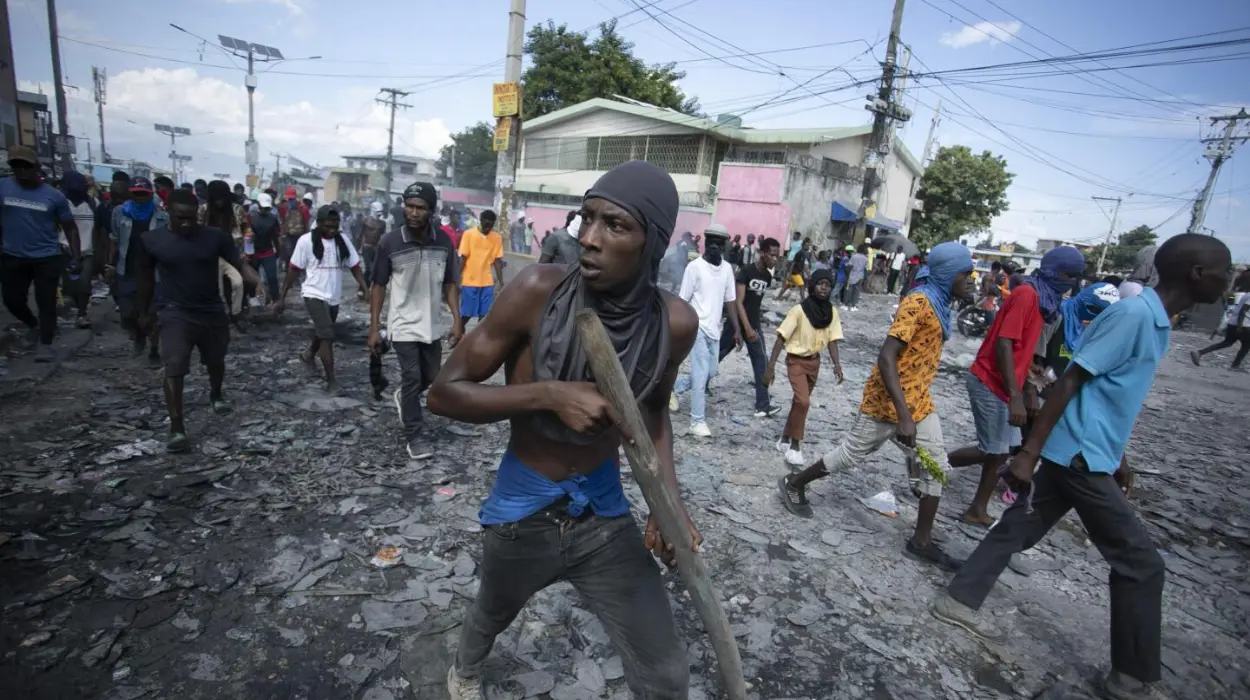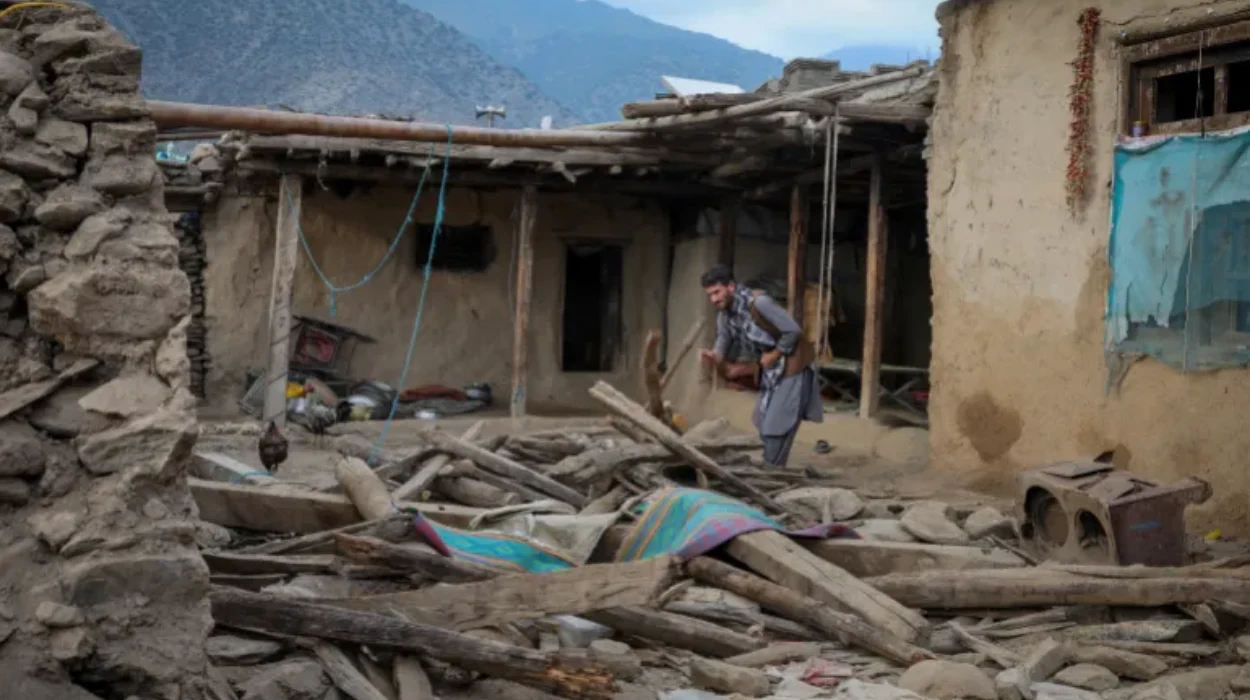Iran in 2025 continues to be the site of one of the world’s biggest uses of the death penalty. According to the latest available numbers at the United Nations, at least 841 executions have been recorded in January-August, a 75% increase over January-August in 2024. This pattern puts the annual number on course to exceed 1,000 in over twenty years and provides indications of the institutionalization of capital punishment as a State practice.
In places where government alleged reasons of executions differ e.g. between drug offences and homicides, human rights observers trace unbalanced victimization of ethnic minorities and political dissidents. Baluch, Kurdish, and Afghan citizens make up a large percentage of prisoners on death row. More alarming is that fewer than 4% of executions are openly reported, though there have been higher numbers of reports of mass hangings and public hangings. These highly publicized events reflect the state’s interest in using the death penalty not only as punishment, but as a psychological deterrent.
The Death Penalty As A Tool Of State Intimidation
Iranian authorities have framed executions as a tool to counteract crime and moral corruption, but many experts see a strategic calculus linked to the practice. The frequency and secrecy of the executions and, indeed, the publicity, which also surrounds the executions, seems to have become part of a larger deterrence campaign, the UN Office of the High Commissioner on Human Rights has cautioned.
This is particularly apparent concerning the instances of executions carried out on the basis of the alleged crime of moharebeh (enmity against God), which is a poorly defined crime that is frequently used to penalize protesters or individuals involved in an act of civilian defiance. Changes introduced in the legal system since 2023 have actually resulted in an even longer list of capital crimes, established circumstances that further erode the protection of the judiciary, and hastened the conviction. Trials take place in secret and defendants are denied counsel, which is a systemic practice that has become normal practice in the Iranian criminal justice system.
The Interaction Between Politics, Repression, And Social Control
The uptick in executions in Iran is part of a pattern emerging out of the mass protests in 2022 and into 2023 that were sparked by the killing of Mahsa Amini and transitioned into a broad-based anti-government movement. The Iranian state has responded through mass arrests of activists and demonstrators, internet shutdowns, and suppression of women rights activists, which has remodeled and extended the range of the repressive apparatus.
Legislative changes of 2024 introduced new capital offenses aligned with “national security threats,” ranging from a wide range of political and journalistic activities. The law has facilitated the state to target leaders of protests, journalists, student activists, and even young people through expedited judicial processes. This way, executions become not just isolated retribution but also a public spectacle of unbeatable control.
Civic Spaces Shrinking Under Authoritarian Pressure
Along with repressive legality, civil society has contracted sharply. Independent media outlets have been shut down, and prominent human rights lawyers in prison or forced into exile. These actions are complemented by executions to maintain an atmosphere where dissent not only appears risky, but fatal. This alignment of strategies demonstrates the function of fear within Iranian politics—a paradigm of rule by domination, not by consent.
Ethnic And Political Targeting Amid Regional Instability
Among the characteristic features of the 2025 execution crisis is the disproportionate persecution of ethnic minorities. Baluch and Kurdish communities in Sistan-Baluchestan and Kermanshah provinces saw a sharp spike in arrests and executions. These communities, long economically excluded and subjected to systemic discrimination, are repeatedly charged with drug trafficking or association with separatist militancy.
Such policies appear to reflect not just internal anxieties but regional ones as well. Endemic instability in Afghanistan and border tensions with Pakistan have led Iranian officials to securitize border populations. The overlap of ethnicity and perceived political threat makes such groups particularly vulnerable to punitive state action.
Iran’s domestic repression is also shaped by growing international isolation. As economic sanctions continue and nuclear negotiations with Western nations stall, the regime faces rising inflation, lower oil revenues, and domestic unrest. Under these circumstances, coercive rule becomes a more probable means of regime preservation.
Responses From The International Community And Voices Of Resistance
The global response to Iran’s killing spree has been consistent in words but feeble in effect. United Nations officials have called for a moratorium against the death penalty, and individual European nations have issued official denunciations. However, wider geopolitical interests-most prominently the crises of Ukraine and the Middle East have diverted focus away on the long-term international pressure against the government of Iran.
Human rights organizations such as Amnesty International and Iran Human Rights continue to report and document cases and it is now time to hold them accountable. Nevertheless, not even diplomatic fatigue, substitute crises, and the absence of consensus among world powers are capable of limiting the capacity of the international community to exert pressure.
Within Iran, however, there is still opposition. Families of the martyrs have stood in silent vigils, published witness statements on the internet, and coordinated with networks abroad to document abuse. Women’s civil society groups still spearhead these efforts despite surveillance and intimidation. Their work challenges the state’s politics of fear and defends the possibility of civic activism even in a non-democratic environment.
He has written on the subject, stressing how Iran’s increased recourse to executions is inextricably linked to its broader agenda of securing authoritarian rule, and that international recognition and solidarity are essential to challenge the regime’s politics of fear:
Strategic Implications For Iran’s Future Trajectory
Iran’s 2025 crisis of executions is not a freak occurrence, but one part of a broader continuum of repression governance. It shows how systematically and selectively applied capital punishment loses its status as a legal tool, it becomes a weapon of political control calibrated to suppress dissent and reestablish deference.
The price tag of this policy isn’t just a measure in lost lives, but also one in compromised public trust, legal integrity, and the international reputation of Iran. Civil resistance persists, but the crackdown has silenced means of nonviolent political transformation, which could develop into more extreme opposition in the long run. The gap between government policy and public opinion continues to grow, further fueling the prospect of prolonged instability.
Iran’s use of 2025 executions as a test case for national resilience and global dedication to human rights is a gauntlet thrown down. As repression tightens its grip and silence becomes ever deeper, the question is whether the international community can continue to hold attention and whether Iranian society can find its voice again before more lives are lost in the cause of order.


